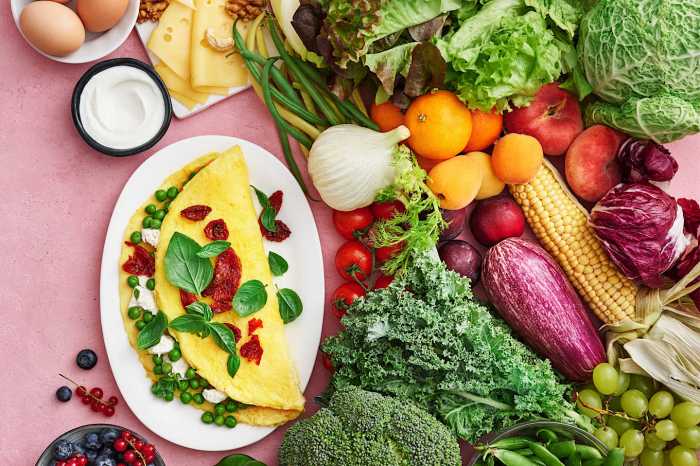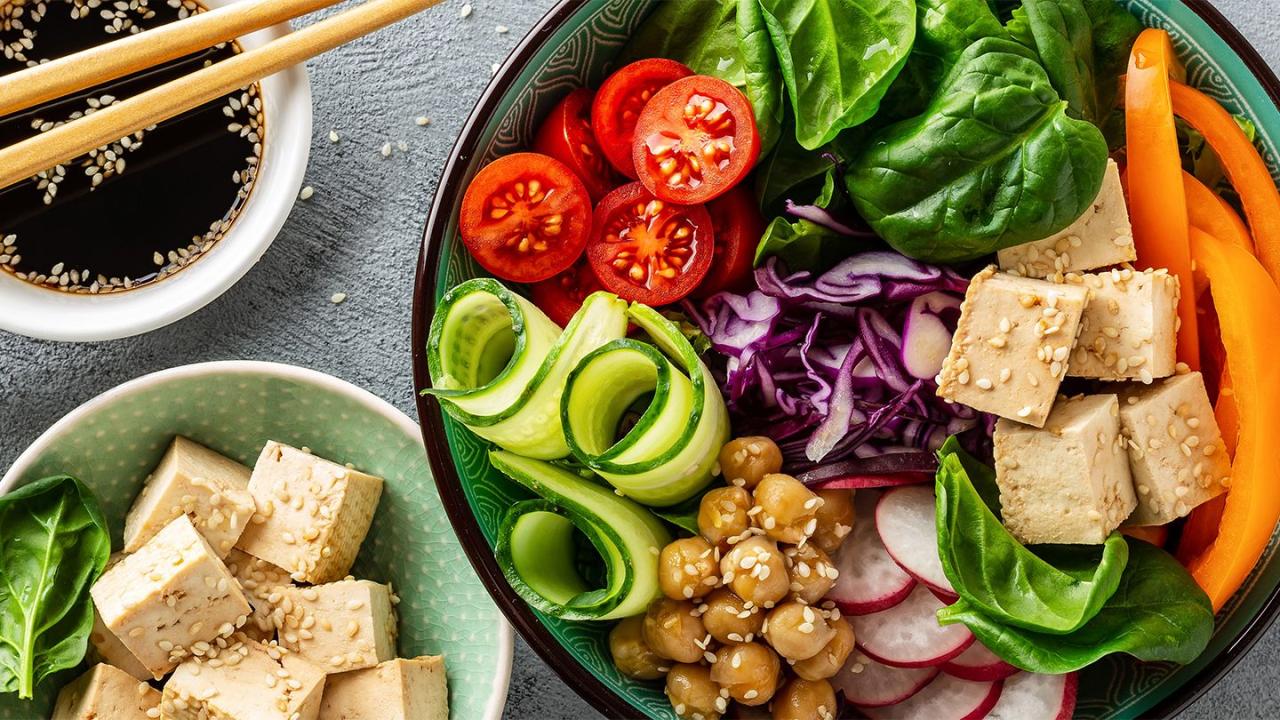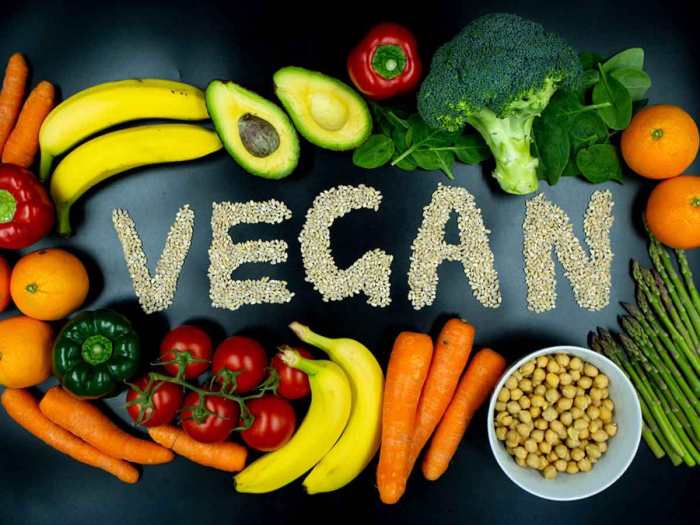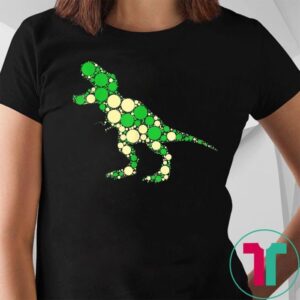How to follow a vegan diet – Embark on a journey of culinary discovery and ethical consciousness with our comprehensive guide to veganism. Whether you’re a seasoned plant-based enthusiast or curious about exploring a compassionate and sustainable lifestyle, this article will empower you with the knowledge and inspiration you need to embrace a vegan diet with confidence and joy.
From debunking common misconceptions to providing practical tips for transitioning and planning your meals, we’ll delve into the world of veganism, exploring its health benefits, ethical implications, and environmental impact.
Introduction
Embarking on a vegan lifestyle offers a myriad of health benefits that can transform your well-being. From improved cardiovascular health to reduced inflammation, the vegan diet has been scientifically proven to promote longevity and vitality.
Contrary to common misconceptions, veganism does not imply a deprivation of essential nutrients. In fact, a well-planned vegan diet can provide all the necessary vitamins, minerals, and proteins required for optimal health. With careful attention to food choices and supplementation when necessary, vegans can thrive and experience the full benefits of a plant-based lifestyle.
Planning a Vegan Diet
Transitioning to a vegan diet can be a gradual process. Start by incorporating more plant-based foods into your meals, such as fruits, vegetables, whole grains, and legumes. Gradually reduce your intake of animal products until you reach your desired level of veganism.
Essential nutrients for vegans include protein, iron, calcium, vitamin B12, and omega-3 fatty acids. Protein can be obtained from beans, lentils, tofu, tempeh, nuts, and seeds. Iron is found in leafy green vegetables, beans, and fortified cereals. Calcium is present in fortified plant milks, yogurts, and leafy green vegetables.
Vitamin B12 is only found in animal products, so vegans must take a supplement or consume fortified foods. Omega-3 fatty acids can be obtained from algae oil, flaxseed, and chia seeds.
Reading Food Labels
When reading food labels, vegans should look for products that are labeled “vegan” or “plant-based.” They should also check the ingredient list for any animal-derived ingredients, such as dairy, eggs, honey, or gelatin.
Vegan Food Groups: How To Follow A Vegan Diet

A well-balanced vegan diet consists of a variety of nutrient-rich foods from different food groups. These groups provide the essential vitamins, minerals, proteins, carbohydrates, and fats necessary for optimal health.
If you’re a pescatarian, finding recipes that align with your dietary needs can be a challenge. That’s where a pescatarian cookbook comes in handy. With a collection of mouthwatering recipes tailored specifically for pescatarians, these cookbooks offer a wealth of culinary inspiration.
The primary vegan food groups include:
Fruits
- Rich in vitamins, minerals, antioxidants, and fiber.
- Examples: Apples, bananas, berries, citrus fruits, mangoes, avocados.
Vegetables
- Excellent sources of vitamins, minerals, antioxidants, and fiber.
- Examples: Leafy greens (spinach, kale), cruciferous vegetables (broccoli, cauliflower), root vegetables (carrots, beets), nightshade vegetables (tomatoes, potatoes).
Legumes
- High in protein, fiber, vitamins, and minerals.
- Examples: Beans (black beans, kidney beans), lentils, chickpeas, peas, soybeans.
Nuts and Seeds
- Rich in protein, healthy fats, vitamins, and minerals.
- Examples: Almonds, walnuts, cashews, chia seeds, flaxseeds.
Whole Grains
- Excellent sources of fiber, carbohydrates, vitamins, and minerals.
- Examples: Brown rice, quinoa, oats, whole-wheat bread, pasta.
Nutritional Comparison
The table below compares the nutritional value of vegan foods to their non-vegan counterparts:
| Nutrient | Vegan Food | Non-Vegan Food |
|---|---|---|
| Protein | Legumes, tofu, tempeh | Meat, poultry, fish |
| Iron | Leafy greens, beans, lentils | Red meat, shellfish |
| Calcium | Fortified plant milks, leafy greens | Dairy products |
| Vitamin B12 | Fortified foods, nutritional yeast | Animal products |
| Omega-3 fatty acids | Flaxseeds, chia seeds, walnuts | Fatty fish |
Meal Planning
Meal planning is an essential aspect of a vegan diet. It helps ensure that you’re getting all the nutrients you need and that your meals are varied and enjoyable.
When planning your meals, it’s important to consider the following factors:
- Variety:Include a wide variety of fruits, vegetables, whole grains, legumes, nuts, and seeds in your diet.
- Balance:Make sure that each meal includes a good balance of protein, carbohydrates, and fats.
- Calorie needs:Determine your calorie needs based on your age, activity level, and weight loss or gain goals.
Sample Weekly Meal Plan
Here is a sample weekly meal plan for vegans:
- Monday:Breakfast: Oatmeal with fruit and nuts; Lunch: Salad with grilled tofu, quinoa, and vegetables; Dinner: Lentil soup with whole-wheat bread.
- Tuesday:Breakfast: Smoothie with fruit, vegetables, and plant-based milk; Lunch: Leftover lentil soup; Dinner: Black bean tacos with brown rice.
- Wednesday:Breakfast: Whole-wheat toast with avocado and hummus; Lunch: Salad with chickpeas, vegetables, and tahini dressing; Dinner: Vegan chili with cornbread.
- Thursday:Breakfast: Oatmeal with berries and nuts; Lunch: Leftover vegan chili; Dinner: Shepherd’s pie with lentils and mashed potatoes.
- Friday:Breakfast: Smoothie with fruit, vegetables, and plant-based milk; Lunch: Sandwich on whole-wheat bread with hummus, vegetables, and sprouts; Dinner: Pizza with whole-wheat crust, vegetables, and vegan cheese.
- Saturday:Breakfast: Pancakes with fruit and syrup; Lunch: Out to eat at a vegan restaurant; Dinner: Pasta with marinara sauce and vegetables.
- Sunday:Breakfast: Waffles with fruit and whipped cream; Lunch: Leftover pasta; Dinner: Roasted vegetables with quinoa.
Creative Recipes and Cooking Techniques
There are endless possibilities when it comes to vegan cooking. Here are a few creative recipes and cooking techniques to get you started:
- Tofu scramble:Crumble tofu into a pan and cook over medium heat. Add your favorite seasonings and vegetables. Serve with toast or whole-wheat tortillas.
- Lentil tacos:Cook lentils in a pot with water or broth. Once cooked, mash the lentils and add your favorite seasonings. Serve in whole-wheat tortillas with your favorite toppings.
- Vegan lasagna:Layer cooked lasagna noodles with vegan ricotta cheese, marinara sauce, and vegetables. Bake in the oven until bubbly and hot.
- Roasted vegetable skewers:Thread your favorite vegetables onto skewers and roast in the oven. Serve with a dipping sauce of your choice.
- Smoothie bowls:Combine your favorite fruits, vegetables, and plant-based milk in a blender. Blend until smooth and top with your favorite toppings.
Tips for Dining Out as a Vegan
Dining out as a vegan can be challenging, but it’s not impossible. Here are a few tips to help you make the most of your experience:
- Do your research:Before you go out, check the restaurant’s menu online to see if they have any vegan options. You can also call ahead and ask if they can accommodate your dietary needs.
- Be prepared:If you’re not sure if the restaurant will have vegan options, bring your own food or snacks.
- Be clear about your dietary needs:When you order, be clear about the fact that you’re vegan and that you don’t eat any animal products. This will help to avoid any misunderstandings.
- Don’t be afraid to ask questions:If you’re not sure about something, don’t be afraid to ask your server questions. They should be able to help you find something that you can eat.
Health Considerations

Embracing a vegan diet offers numerous health benefits, including a reduced risk of chronic diseases such as heart disease, type 2 diabetes, and certain types of cancer. However, it’s crucial to be aware of potential nutrient deficiencies and the importance of regular check-ups with a healthcare professional.
If you’re a pescatarian looking to expand your culinary repertoire, a pescatarian cookbook can be an invaluable resource. These books offer a wide range of recipes tailored specifically to pescatarians, providing you with inspiration and guidance for creating delicious and nutritious meals.
Nutrient Deficiencies
While a well-planned vegan diet can provide all the essential nutrients, certain nutrients may require additional attention:
- Vitamin B12:Found primarily in animal products, B12 is crucial for red blood cell production and nervous system function. Vegans should consider fortified foods or supplements to ensure adequate intake.
- Iron:Plant-based iron is less absorbable than heme iron from animal sources. Consuming iron-rich foods like lentils, beans, and leafy greens is important, and combining them with vitamin C-rich foods can enhance absorption.
- Calcium:Dairy products are a major source of calcium, but vegans can obtain it from fortified plant milks, leafy greens, and tofu.
- Omega-3 fatty acids:Found in fatty fish, omega-3s are essential for brain and heart health. Vegans can get them from algae oil supplements or fortified foods.
Importance of Regular Check-Ups
Regular check-ups with a healthcare professional are vital for vegans to monitor their overall health and address any potential nutrient deficiencies. Blood tests can assess vitamin and mineral levels, and the doctor can provide personalized recommendations to ensure optimal nutrition.
Lifestyle and Ethics
Adopting a vegan diet extends beyond dietary choices; it encompasses ethical and environmental considerations. Veganism promotes compassion towards animals and recognizes their sentience and inherent value. It aligns with the belief that animals should not be exploited or harmed for human consumption or other purposes.
Environmental Impact, How to follow a vegan diet
Veganism significantly reduces the environmental impact associated with animal agriculture. Animal farming contributes to deforestation, water pollution, and greenhouse gas emissions. By choosing plant-based foods, individuals can minimize their ecological footprint and support sustainable practices that preserve the planet.
Incorporating Veganism into Lifestyle
Veganism can be seamlessly integrated into various aspects of life. Fashion choices can prioritize cruelty-free materials like organic cotton, hemp, and recycled fabrics. Similarly, cosmetics and personal care products should be vegan-certified, ensuring they are not tested on animals or contain animal-derived ingredients.
Ultimate Conclusion

As you embark on your vegan journey, remember that it’s a transformative experience that extends beyond dietary choices. Embrace the ethical and environmental principles that underpin veganism, and let your newfound compassion inspire positive change in your life and the world around you.
FAQ Guide
What are the key benefits of following a vegan diet?
Vegan diets offer numerous health benefits, including reduced risk of heart disease, type 2 diabetes, and certain types of cancer. They are also rich in antioxidants, fiber, and essential nutrients.
How do I ensure I’m getting all the essential nutrients on a vegan diet?
By consuming a variety of plant-based foods from all food groups, vegans can obtain all the essential nutrients their bodies need. It’s important to pay attention to vitamin B12, iron, and calcium intake and consider supplementation if necessary.
What are some tips for transitioning to a vegan diet?
Start gradually by incorporating more plant-based meals into your diet. Explore new recipes, experiment with different flavors, and don’t be afraid to ask for support from online communities or registered dietitians.





Leave a Comment